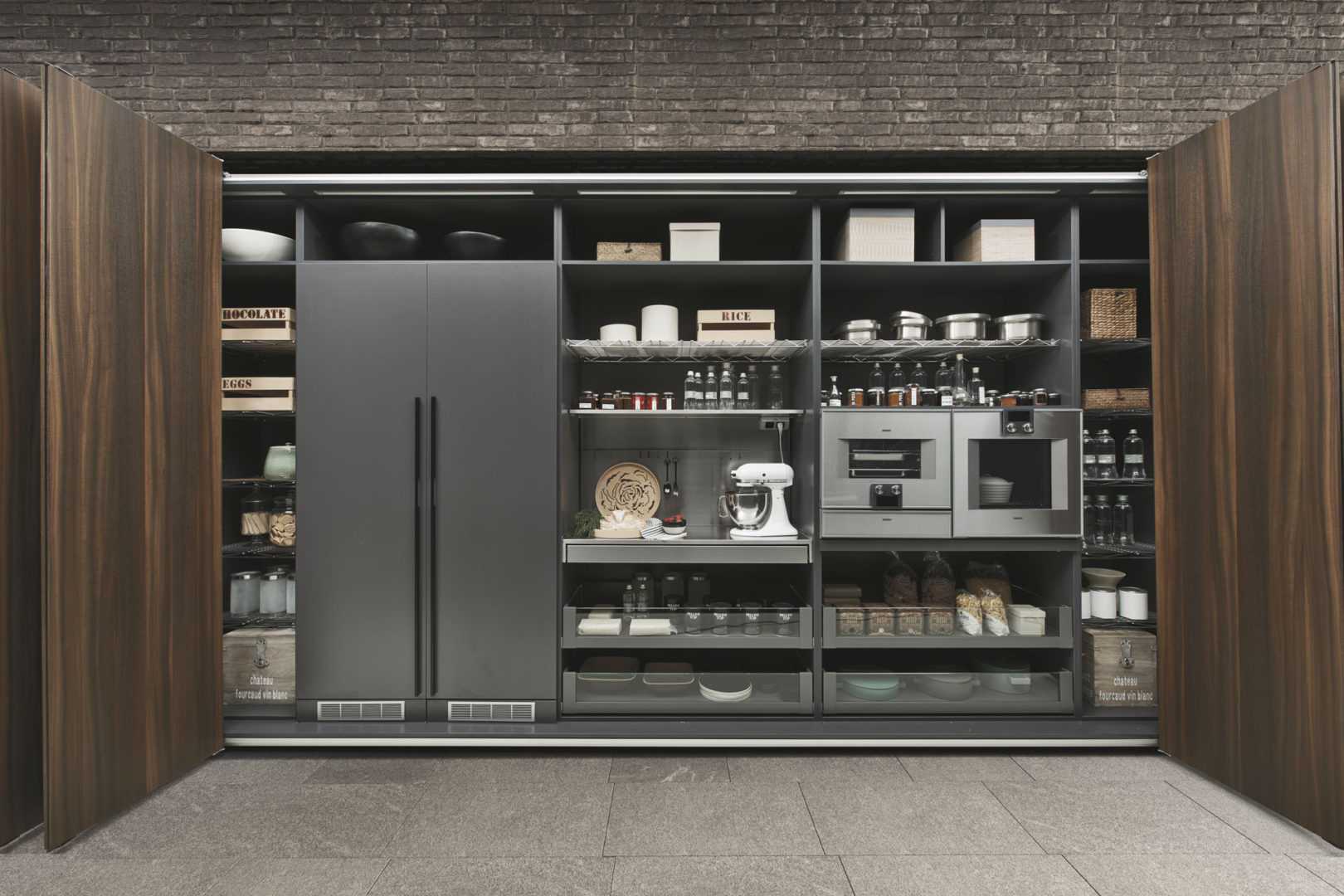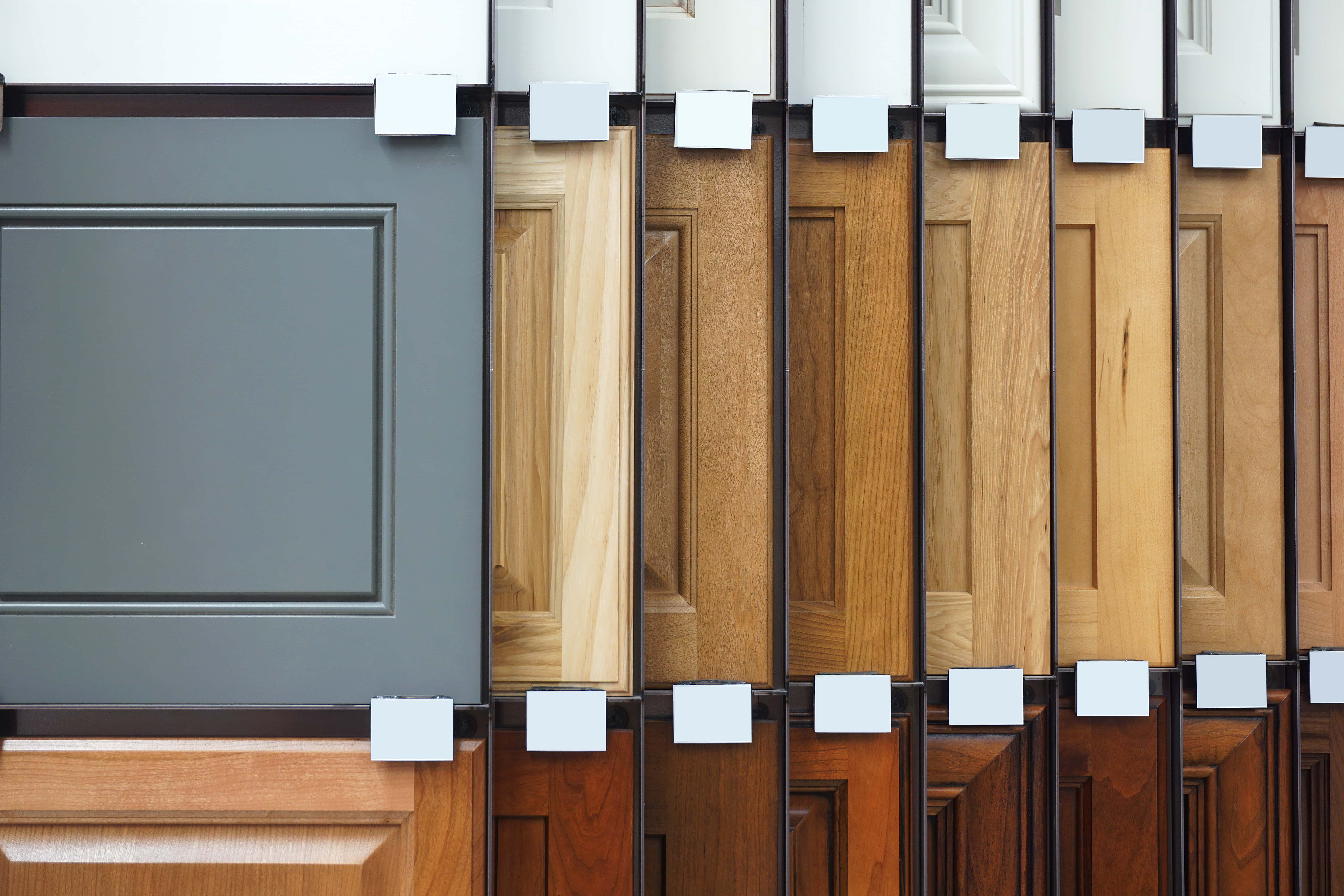Durability and Longevity of Lining Materials: Best Material To Line Kitchen Cabinets

Choosing the right lining for your kitchen cabinets is a bit like choosing a life partner – you want something durable, attractive, and relatively low-maintenance. While your significant other might require more patience than contact paper, your cabinet lining should ideally last for years, even decades, with minimal fuss. Let’s delve into the longevity and durability of various options, armed with the knowledge to make the right choice for your culinary kingdom.
Material Lifespan Comparison, Best material to line kitchen cabinets
The lifespan of kitchen cabinet lining materials is heavily influenced by the relentless onslaught of heat, humidity, and the occasional rogue spaghetti sauce explosion. To understand this better, let’s compare some popular options. The following table provides a general overview; actual lifespan can vary depending on usage and quality of the material.
| Material | Lifespan (Years) | Maintenance | Cost (Relative) |
|---|---|---|---|
| Contact Paper | 2-5 | Easy to replace; prone to peeling | Low |
| Vinyl | 5-10 | Wipes clean easily; occasional minor repairs | Medium |
| Laminate | 10-15 | Durable; requires occasional cleaning | Medium-High |
| Wood Veneer | 15+ | Requires more care; susceptible to moisture damage if not sealed properly | High |
| Stainless Steel | 20+ | Very easy to clean; highly resistant to damage | High |
Protective Qualities of Different Lining Materials
Contact paper, while budget-friendly and easy to apply, offers minimal protection against spills and moisture. Think of it as a flimsy raincoat in a hurricane – it might offer a little protection, but it’s not going to last. Vinyl, on the other hand, provides a more robust barrier, easily wiping clean and resisting minor spills. Laminate, with its hard surface, offers superior protection against scratches and minor impacts. Wood veneer, while beautiful, requires careful sealing to prevent water damage. Finally, stainless steel stands as the ultimate fortress against kitchen calamities, impervious to most spills and moisture.
Visual Representation of Moisture Damage
Imagine a series of images depicting the same four materials (contact paper, vinyl, laminate, and wood veneer) after prolonged exposure to a simulated kitchen environment with high humidity and occasional water spills. The contact paper would show significant peeling and bubbling. The vinyl would exhibit some discoloration and potential warping. The laminate might show minor swelling at the edges if the moisture penetrated the seams. The wood veneer, if unsealed, would display significant swelling, warping, and possibly mold growth. The stainless steel, of course, would remain pristine, a testament to its superior durability.
Aesthetics and Style Considerations for Cabinet Linings

Choosing the right cabinet lining isn’t just about durability; it’s about crafting a kitchen that sings a harmonious song of style and functionality. Think of it as the unsung hero of your kitchen design, quietly enhancing the overall aesthetic while protecting your precious cabinets. The right lining can elevate your space from “blah” to “bravo!” Let’s explore how to make the most of this often-overlooked design element.
Cabinet Linings and Kitchen Design Styles
The impact of cabinet lining extends far beyond mere protection. A well-chosen lining can dramatically influence the overall style and mood of your kitchen. The material’s visual characteristics directly contribute to the final aesthetic. Consider these examples:
- Modern Kitchens: Sleek, minimalist modern kitchens often benefit from linings like brushed stainless steel, offering a reflective surface that adds a touch of industrial chic. Alternatively, a crisp white melamine offers a clean, uncluttered look, echoing the simplicity of modern design. A subtle grey laminate can also provide a sophisticated neutral backdrop.
- Traditional Kitchens: For traditional kitchens, warm-toned wood veneers, such as cherry or maple, provide a classic and inviting feel. A subtle patterned wallpaper lining, perhaps with a delicate floral print or a subtle damask, adds a touch of elegance and personality. A light-colored, textured linen lining can also provide a warm, inviting touch.
- Rustic Kitchens: Rustic kitchens thrive on natural textures and earthy tones. Consider using reclaimed wood, possibly with visible knots and imperfections, for a truly authentic look. Bamboo, with its natural grain and warm color, also offers a sustainable and visually appealing choice. A simple, unbleached linen adds a soft, natural counterpoint to the rustic elements.
Texture and Color’s Influence on Cabinet Aesthetics
Texture and color are powerful tools in the arsenal of kitchen design. They can create depth, add visual interest, and dramatically alter the perceived size and ambiance of the space.
The texture of the lining material can significantly impact the overall feel of the kitchen. A smooth, glossy surface, like that of lacquered melamine, reflects light and creates a sense of spaciousness, ideal for smaller kitchens. In contrast, a textured surface, such as a linen or a wood veneer, adds warmth and visual interest, creating a more intimate atmosphere.
Color plays an equally vital role. Light-colored linings, such as white or cream, brighten the space and make it feel larger. Darker colors, such as charcoal or navy, add drama and sophistication, but can make a kitchen feel smaller if not carefully considered. Consider the existing color palette of your kitchen before making a selection. A subtle contrast can add visual depth, while a clashing color scheme might result in a chaotic appearance. For instance, a deep teal laminate could complement a light-colored wood cabinetry while a bright yellow melamine might be too jarring in a mostly neutral kitchen.
Visual Comparison: Modern vs. Traditional Kitchens
Imagine a modern kitchen: The cabinets are sleek, minimalist, perhaps a high-gloss white. A brushed stainless steel lining inside would amplify the modern aesthetic, reflecting the light and adding a cool, industrial touch. The overall effect is clean, sharp, and contemporary. Now picture a traditional kitchen: Warm, rich wood cabinets, perhaps cherry or oak. A light-colored wood veneer lining, or even a subtle patterned wallpaper, would complement the existing warmth and create a cozy, inviting atmosphere. The contrast between the sleek modernity of the steel and the rustic charm of the wood veneer highlights the transformative power of the cabinet lining choice. The modern kitchen exudes a polished, almost clinical feel, while the traditional kitchen radiates warmth and history.
Practicality and Ease of Installation of Lining Materials

Choosing the right cabinet lining material is only half the battle; the other half involves the often-overlooked, yet crucial, aspect of installation. A material might look stunning in the brochure, but if its installation requires a PhD in advanced carpentry and a team of highly-trained ninjas, its practical appeal plummets faster than a lead balloon in a swimming pool. Let’s delve into the practicality and ease of installation for various cabinet lining materials, armed with humor and a healthy dose of common sense.
Best material to line kitchen cabinets – The ease of installation varies dramatically depending on the material chosen. Some are as simple as applying a sticker (almost!), while others demand precision, patience, and perhaps a small sacrifice to the DIY gods.
Ease of Installation Comparison
The following bullet points offer a comparative overview of the installation difficulty for common cabinet lining materials. We’ll use a scale of 1 to 5, with 1 being “easier than peeling a banana” and 5 being “requires a structural engineer and a small loan of a million dollars”.
- Contact Paper: 1-2 (Exceptionally easy, provided you have the patience of a saint and steady hands.)
- Shelf Liner: 1-2 (Similar to contact paper, but often less adhesive and therefore less prone to bubbles and wrinkles – a win-win!)
- Solid Surface Material (e.g., Corian): 4-5 (This requires precise measurements, cutting tools, and adhesive expertise. Not for the faint of heart, or those with a fear of power tools.)
- Wood Veneer: 3-4 (Requires some woodworking skills, but is achievable for moderately handy individuals. Prepare for some minor adjustments and sanding.)
- Tile: 4-5 (Think of this as a miniature bathroom renovation project within your cabinets. Expect grout, precise measurements, and potential for minor injuries.)
Potential Installation Challenges and Solutions
Even the simplest installation can present unexpected challenges. Knowing what to expect and having a plan B (or C, or D…) is key to a successful (and sanity-preserving) project.
- Problem: Air bubbles trapped under contact paper or shelf liner.
- Solution: Smooth out bubbles with a soft cloth or plastic squeegee, working from the center outwards. For stubborn bubbles, carefully prick them with a pin and smooth again.
- Solution: If the bubbles are extensive, carefully peel back the affected area and reapply, ensuring the surface is clean and dry.
- Problem: Inaccurate measurements leading to material shortages or excess for solid surface materials.
- Solution: Measure twice, cut once (and then maybe measure again just to be safe). Use templates to ensure accurate cuts, especially for complex shapes.
- Solution: Purchase slightly more material than you need to account for potential errors. It’s better to have leftover material than to be short.
- Problem: Difficulty aligning patterns when installing patterned contact paper or wallpaper.
- Solution: Carefully plan the layout beforehand. Use a pencil to lightly mark the pattern alignment points on the cabinet surfaces.
- Solution: If the pattern is particularly complex, consider starting with a less visible area to practice before tackling the main surfaces.
Contact Paper Installation Steps
Let’s assume you’ve bravely chosen contact paper, a material that offers a surprisingly high reward-to-effort ratio (provided you have good lighting and a strong cup of coffee).
- Clean the cabinet surfaces thoroughly with a degreaser and allow them to dry completely.
- Measure the cabinet surfaces and cut the contact paper accordingly, adding a few extra inches for overlap.
- Peel back a small portion of the contact paper backing and carefully align it with the cabinet surface.
- Slowly peel back the backing while smoothing the contact paper onto the surface with a squeegee or soft cloth, working from the center outwards to avoid air bubbles.
- Trim any excess contact paper with a sharp blade.
Shelf Liner Installation Steps
Shelf liner installation is similar to contact paper, but often easier because it tends to be less sticky and forgiving of minor imperfections.
- Clean the cabinet shelves thoroughly.
- Measure and cut the shelf liner to fit the shelves, allowing for a slight overhang.
- Carefully place the shelf liner on the shelf, smoothing it out with your hands or a soft cloth. Don’t worry about minor imperfections; it’s shelf liner, not a space shuttle.
- Trim any excess liner.
Solid Surface Material Installation Steps
Installing solid surface material is a more advanced undertaking. This is best left to professionals unless you possess exceptional DIY skills and an abundance of patience.
- Precisely measure and cut the solid surface material to fit the cabinet surfaces. This requires specialized tools and skills.
- Apply a high-quality construction adhesive to both the cabinet surface and the back of the solid surface material.
- Carefully position the solid surface material and firmly press it onto the cabinet surface, ensuring even contact.
- Use clamps to hold the material in place while the adhesive cures.
- Once the adhesive has fully cured, trim any excess material and seal the edges to prevent moisture damage.
